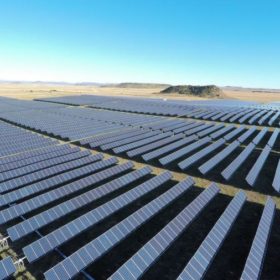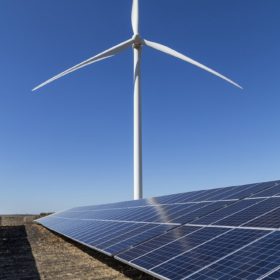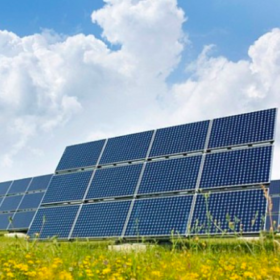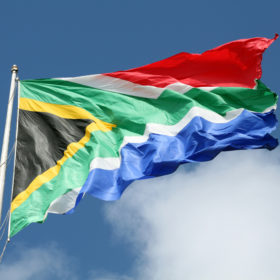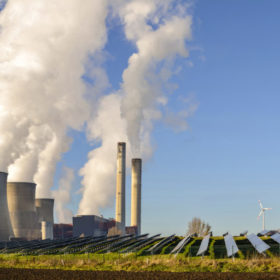African nations could install 30 GW by 2030: BSW-Solar
A new report analyzing 10 solar markets throughout Africa claims that the continent’s PV market could expand from about 5 GW at present to up to 30 GW by the end of the next decade.
An argument for renewables, and for a new utility paradigm
In late January 2019, California’s largest investor-owned utility Pacific Gas and Electric (PG&E) declared bankruptcy for the second time, causing anxiety for investors, ratepayers, employees, PPA holders, elected government officials and, lest we forget, fire and gas explosion victims. Judge Alsup, who is overseeing PG&E’s probation from its felony conviction, lambasted the company for violating its probation. “To my mind, there’s a very clear-cut pattern here: that PG&E is starting these fires,” Alsup said. “What do we do? Does the judge just turn a blind eye and say, ‘PG&E continue your business as usual. Kill more people by starting more fires.”
NDB to provide $180m to Eskom for grid development
The New Development Bank has agreed to offer a $180 million loan with sovereign guarantee to Eskom. The utility, which is based just outside of Johannesburg, plans to build new infrastructure to integrate 670 MW of unspecified renewables into the South African grid.
Floating PV offers alternative to grid outages in South Africa
A 60 kW floating array was deployed by New Southern Energy at the reservoir of a fruit farm near Franschhoek, in the Western Cape Province. A second phase of the project will also include storage.
A specter is haunting South Africa, renegotiation of PPAs signed between 2011 and 2012
As national utility Eskom faces a financial and operational crisis, rumors are spreading that the government may ask independent power producers to renegotiate the tariffs of PPAs awarded in the first two rounds of its renewable energy program. South African solar association SAPVIA has already given short shrift to the idea.
South Africa’s load shedding nightmare may vanish with more renewables
As utility Eskom starts load shedding due to power plant failure, the 4 GW of wind and solar in the country are helping reduce energy shortages. Blue Horizon Energy Consulting Services’ Chris Ahlfeldt tells pv magazine renewables – rather than Eskom’s plans to expand conventional generation capacity – would provide a safer, cheaper solution to the power crisis.
South African renewables may be boosted by plan to privatize utility
President Cyril Ramaphosa has announced a plan to rescue state-owned power company Eskom by separating it into three units. According to consultants Frost & Sullivan, although that may not be enough to completely address the utility’s financial crisis it may further encourage investment in renewables.
GPTech plan to manufacture inverters in South Africa
The production line would mean the Spanish company would comply with local content requirements. GPTech says its order book exceeds 400 MW, including 200 MW of large-scale projects in South Africa.
Seraphim expands South African solar cell fab plans to 500 MW
Chinese solar manufacturer Seraphim has announced plans for a 500 MW cell factory in Port Elizabeth, South Africa. The company also plans to expand an existing 300 MW module factory in South Africa’s Eastern Cape region by 200 MW.
Some 42% of the world’s coal generators run at a loss
Carbon Tracker has released a report claiming it is cheaper, in many markets, to construct new renewable generation assets instead of running legacy coal-fired power plants. Billions could be saved for customers, while profits in the two-digit billion-dollar range look set to be lost by the coal industry.
